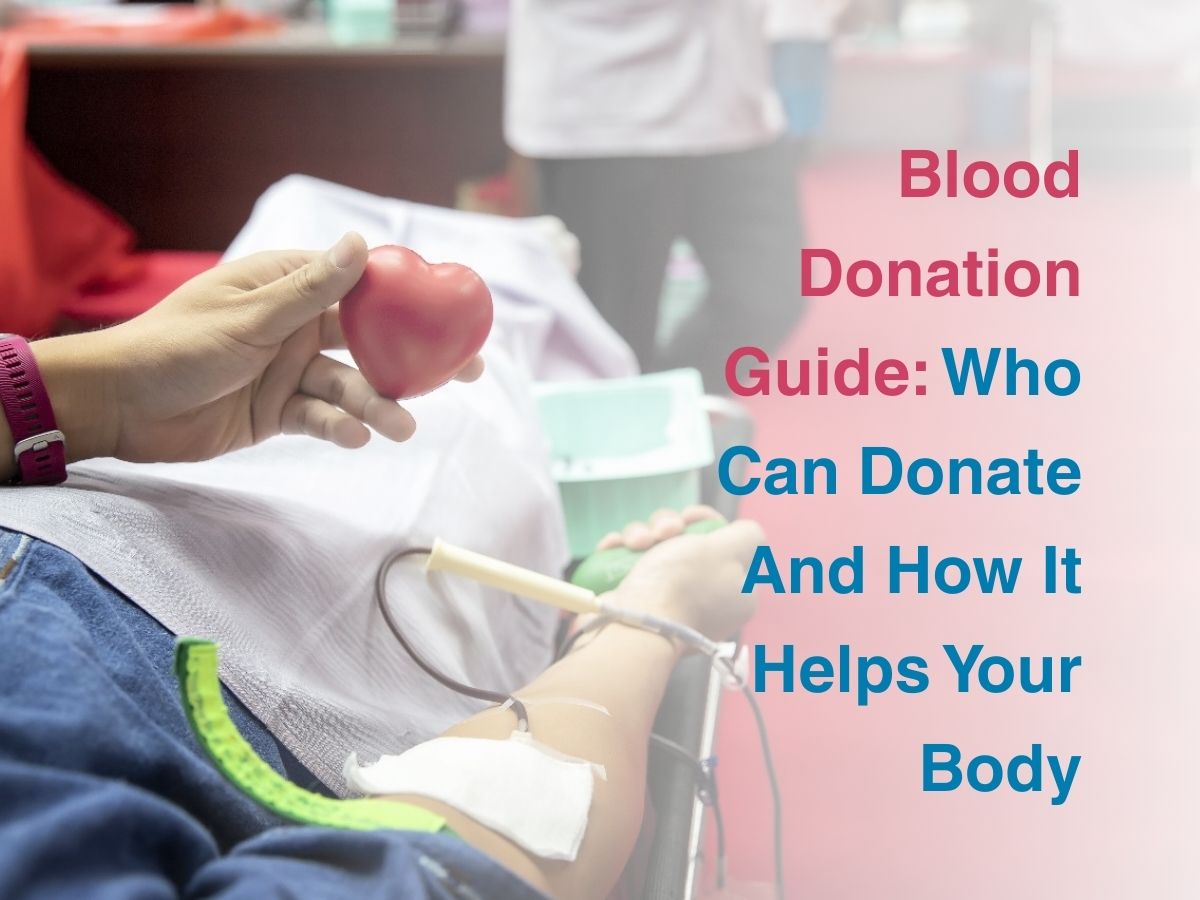
Blood Donation Guide: Who Can Donate And How It Helps Your Body
What Age, Weight And Haemoglobin Levels Are Required To Donate Safely?
Not everyone who turns up with a brave face and rolled-up sleeves will be allowed to donate, because blood banks have a checklist sharper than any school teacher’s red pen; you need to be at least 18 years old but not older than 65, tip the scales at around 45 kilograms or more if you are a woman and at least 50 if you are a man and carry haemoglobin of 12.5 g/dL or higher, which sounds like a biology lecture but in reality just means that your body has enough reserves to part with half a litre of blood without fainting.
How Often Can Men And Women Donate Whole Blood Or Platelets?
Here’s where biology plays favourites: men can donate whole blood every three months, while women have to wait four, because women’s iron reserves are naturally lower thanks to monthly cycles, and the body needs longer to bounce back; but if you are keen, platelet donation through apheresis is the shortcut, where only platelets are taken and the rest is returned to you. This means you could technically donate as often as every two weeks.
What Should I Eat And Drink Before And After Donating Blood?
The day before and on the morning of donation your body needs an iron-rich meal paired with vitamin C rich foods like oranges or guavas to help the iron get absorbed. So, you should definitely skip that greasy samosa or burger because fatty food can cloud your plasma and interfere with screening. After you’re done, the snacks given by the blood bank aren’t just a friendly perk but actually help replace sugars and fluids quickly, which means coconut water, fruit juices, or ORS are your best friends for the rest of the day, followed by iron-rich home meals in the next week.
What Side Effects Can Happen After Donating And How Can I Recover Quickly?
Most donors walk away with nothing more than a sticker, a smile and a story to tell, but a small number may feel light-headed, tired, or notice a small bruise where the needle was, which is normal and nothing to lose sleep over. This is so, provided you rest for ten minutes immediately afterwards, drink fluids generously, and avoid weightlifting or vigorous gym workouts for the next 24 hours. Though this is pretty rare, frequent donors can develop low iron over time, which is why doctors recommend monitoring ferritin levels after multiple donations and if necessary, topping up with iron supplements or iron-rich foods.
Conclusion
Blood donation is often portrayed as a noble deed that saves strangers, but what is less talked about is that it also refines you — it forces you to check your health, it teaches you discipline in diet and hydration, and it reminds you that generosity and science can sit together at the same table. When you look at the numbers where every unit donated can save up to three lives, it becomes clear that this is not a sacrifice but a small, repeatable habit that can ripple out into hospitals, families and entire communities. So the next time you see a camp in your neighbourhood or a message from a blood bank, remember that eligibility rules, food advice, and recovery tips aren’t hurdles but stepping stones designed to ensure that the life you help with your blood does not come at the cost of your own wellbeing.







